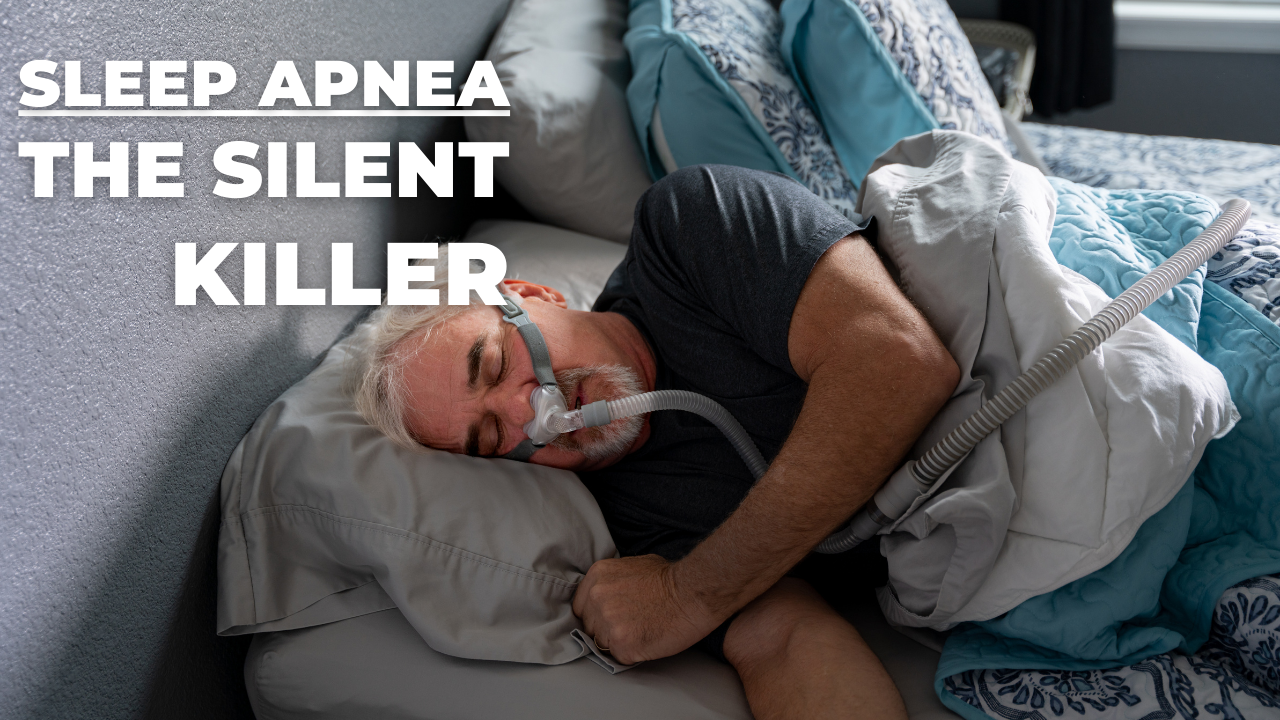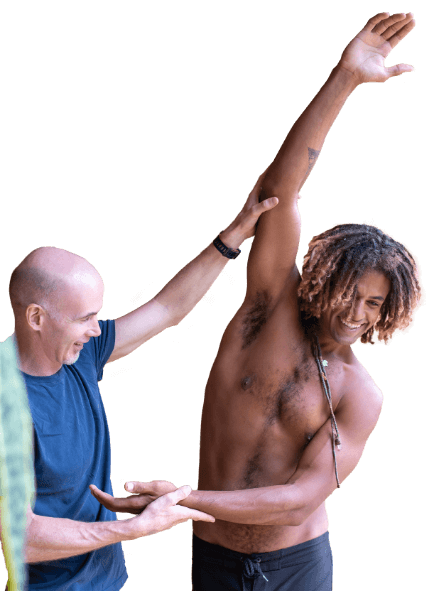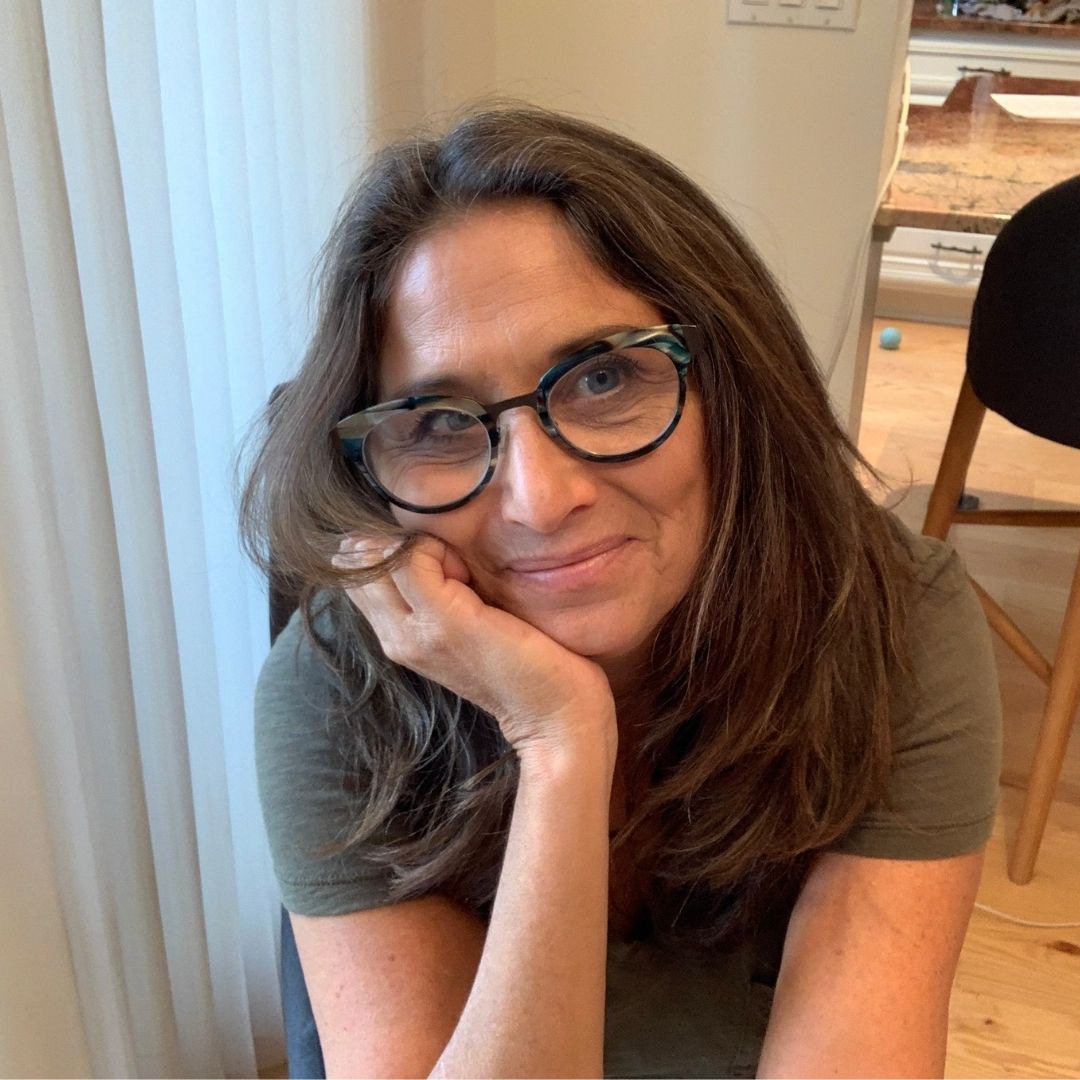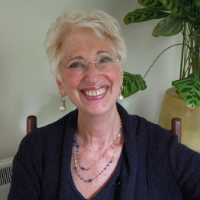
Have you ever woken up feeling exhausted despite clocking in a full eight hours of sleep? If so, you might be experiencing a condition called sleep apnea. This isn’t just about feeling tired; it’s about your body literally stopping breathing multiple times each night, causing severe damage to vital organs and leaving you drained during the day. In this article, we’ll dive deep into what sleep apnea really is, why it’s so dangerous, and explore natural, non-invasive solutions to help reclaim your restful nights.
Sleep apnea is a disorder where your breathing repeatedly stops and starts during sleep. Imagine suffocating multiple times in the night at a time when your body should be resting and repairing itself. This lack of oxygen and disrupted sleep prevent your body from healing, leading to damage across your cardiovascular system, brain, and overall health. It’s a “double whammy” — you lose restorative rest and simultaneously inflict harm on your body.
There are two main diagnostic thresholds used for sleep apnea:
Regardless of the number, sleep apnea is a serious health concern, especially because many people live with it undiagnosed or untreated.
Contrary to popular belief, sleep apnea doesn’t only affect overweight individuals. In fact, about 10% of the general population has sleep apnea, while around 60% have anatomical features like a narrow airway that could predispose them to it. Many young, fit people also suffer from it, often unaware.
Sleep apnea is a life-threatening condition. People over 40 with sleep apnea can face a reduction in life expectancy by 10 to 25 years. It is a gateway disease that increases the risk of heart attacks, strokes, diabetes, and even sudden death at night. For example, statistics show that between five and ten people suffocate overnight each day due to sleep apnea, often found “dead in bed.”
Additionally, sleep apnea dramatically raises the risk of hospitalization from illnesses like the flu by up to five times, highlighting how it compromises your body’s ability to cope with stressors.
The Continuous Positive Airway Pressure (CPAP) machine is the standard medical treatment for sleep apnea. This device delivers a steady stream of air through a mask, keeping your airway open while you sleep.
However, CPAP therapy has significant drawbacks:
While CPAP is a lifesaving tool for some, many patients seek alternatives that are less invasive and more manageable.
Dr. Dylan Pis, a medical doctor and researcher, found himself struggling with sleep apnea despite being young and relatively fit. After a sleep study confirmed moderate sleep apnea, he tried CPAP but quickly rejected it due to discomfort. His journey to find a better solution led him deep into the science of sleep apnea and breathing.
What he discovered challenged conventional wisdom. Sleep apnea isn’t just about a narrow airway blocking airflow; it’s also about how we breathe. Studies dating back to 1953 showed that hyperventilation — breathing too fast and too deeply — can actually trigger sleep apnea episodes. This creates a vicious cycle of overbreathing followed by cessation of breath, then overbreathing again.
This cycle causes negative pressure in the airway that pulls the tongue and throat tissues inward, blocking airflow. So, sleep apnea arises from a combination of anatomical factors and dysfunctional breathing patterns.
Dr. Pis explains that about 60% of people have anatomical features that might narrow their airways, but only 10% develop sleep apnea. The difference is often in the breathing pattern. Poor breathing habits, especially rapid, shallow breathing, exacerbate airway collapse during sleep.
By focusing on improving breathing patterns, Dr. Pis developed natural, non-invasive methods to reduce sleep apnea symptoms without surgery or CPAP machines. His approach includes simple breathing exercises, myofunctional therapy (exercises to strengthen tongue and throat muscles), and lifestyle changes targeting mitochondrial health.
The first step involves practicing slow, controlled breathing with prolonged exhalations. For example, inhaling slowly to half your normal breath volume, then exhaling as slowly as possible through the nose. Doing this before sleep can reduce the drive to overbreathe at night.
This technique helps your body retain more carbon dioxide (CO2), which is crucial because CO2 is the primary chemical signal that regulates breathing. People with sleep apnea often have an abnormal response to CO2, leading their brains to overreact and cause hyperventilation.
One practical way to assess your breathing control is the Relaxed Breath Hold Test. Here’s how to do it:
Most people with sleep apnea will hold their breath comfortably for less than 15 seconds. As you improve your breathing, this time can increase dramatically — reaching 30 seconds or more often signifies substantial progress.
Breathing exercises alone can improve symptoms by about 40%, but Dr. Pis emphasizes a holistic approach to sleep apnea:
This involves targeted exercises to strengthen the muscles of the tongue, lips, and throat. Stronger muscles help keep the airway open naturally during sleep, reducing collapses and interruptions.
Sleep apnea also involves issues with how your body produces and uses CO2, linked to mitochondrial function — the powerhouse of your cells. Improving your nutrition, managing stress, optimizing your circadian rhythm, and supporting your nervous system all play roles in enhancing mitochondrial health and reducing sleep apnea severity.
Mouth tape, which encourages nasal breathing by keeping the mouth closed during sleep, has gained popularity. However, Dr. Pis clarifies that mouth breathing is a symptom, not the root cause, of poor breathing patterns.
While mouth tape may help some people with mild sleep apnea, it generally only reduces severity slightly and is not a standalone solution for moderate to severe cases. The focus should be on correcting the underlying breathing dysfunction rather than forcing the mouth closed.
If you suspect sleep apnea, you can start with a simple screening tool called the STOP-BANG questionnaire, which asks eight yes/no questions:
A score of three or more indicates moderate risk, and five or above suggests a high likelihood of sleep apnea, warranting a formal sleep study.

Over the last 10 years Ed has been building a YouTube library to help people manage their own pain or movement limitations and increase performance through exercise. He regularly adds videos so be sure to subscribe and visit regularly


"Oh My Gosh- I am ALREADY feeling relief after a few days! I used to wake up 2-3 times a night with shooting pain that anti inflammatories couldn't touch. Now I have been waking up just because I want to notice what it feels like to lay in bed pain free- THANK YOU!."

"When I first started with your program I was experience a lot of pain. Walking was difficult. I had to stop and catch my breath every few minutes and lean against a wall for support. Now when I walk with my husband we go for over an hour. I never had to sit down and stop...and, hardly any pain!!! 😊😊 I can’t thank you enough."
Frustrated that you aren't recovering fast enough?
Discover how to heal from illness and injury using movement, food and lifestyle.